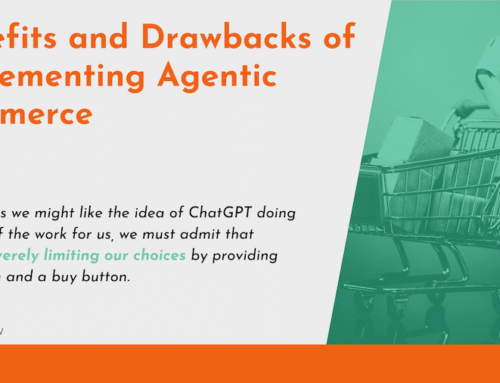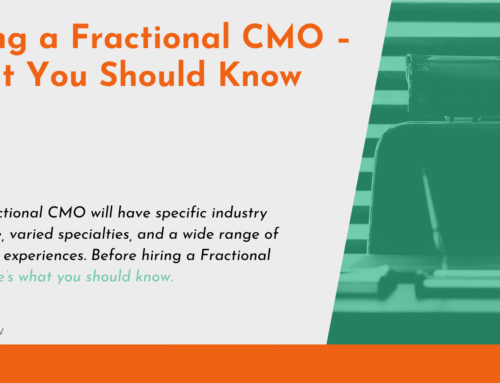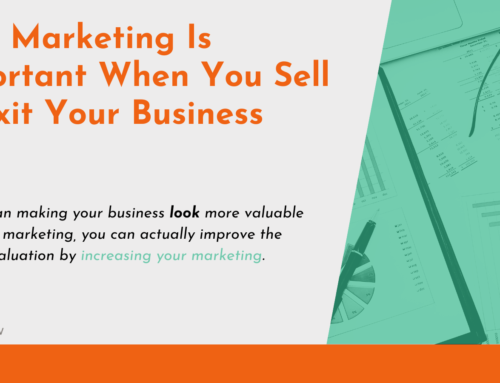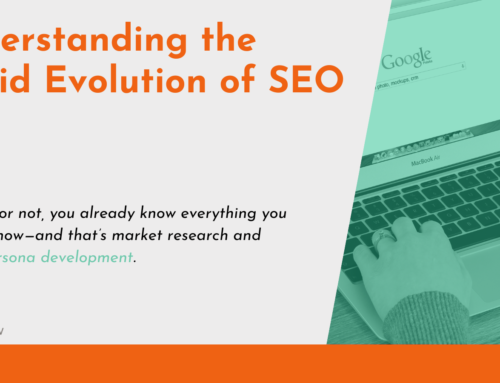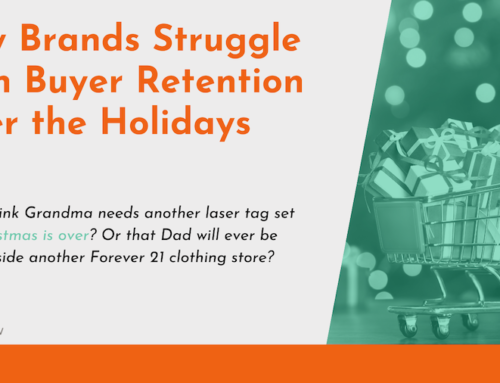
We’re all familiar with the basic buyer’s journey: Awareness, Consideration, and Decision. This hasn’t changed, and it never will. What has changed, particularly as digital marketing continues to grow and evolve, is how marketers can guide buyers through each step, from the first discovery of their products or services to the purchase—and then beyond to the customer’s satisfaction for the chance at earning a loyal customer.
While the buyer’s journey is nothing new, the concept exploded into marketing consciousness over a decade ago during the rise of inbound marketing. Before we used digital marketing to attract customers, the buyer’s journey involved more intrusive measures. Remember door-to-door sales? Or telemarketing? Digital marketing gave marketers the opportunity to attract buyers rather than interrupting them during dinner.
Awareness: Then and Now
While digital marketing played a big role in attracting customers to new products over a decade ago, traditional marketing and media were also crucial. Without knowing that a product or service exists to soothe a pain point, buyers didn’t know to search for them online. Exposure had to come through various traditional channels, including commercials, newspaper and magazine ads, and direct mail.
It’s not that people weren’t searching for solutions to their problems a decade ago. The problem was that Google algorithms rewarded search phrases, which resulted in keyword-packed pages with no real answers to buyers’ needs. Without the right phrases to search, the solutions didn’t seem to exist for many.
In 2024, traditional media is still important, with 56% of buyers finding new products through television ads. If people don’t know a product exists to soothe their pain, they’re still not going to Google it. However, social media plays a huge part in discovering new products. Through social media ads, influencers, and branded posts, 50% of consumers were introduced to potential solutions to their problems.
Updates to search engine optimization algorithms have also made it easier for buyers to find solutions they didn’t know existed. Google is super smart now, with the ability to provide search results according to users’ needs. A quick long-tail keyword search that outlines their problem can lead them directly to options.
Consideration: Then and Now
In the first days of inbound marketing, brands had the opportunity to educate consumers on their products as those buyers became aware of their options. For most brands, the buyer’s journey started with traditional media such as magazine or television ads, then attraction to the website through search engine optimization to lead buyers through the search process. Once on the website, brands had a captive audience to educate and then convert.
While education is still a crucial part of the consideration phase, marketers must be aware that buyers in 2024 will come into the process with knowledge they’ve gathered on their own. They may discover the products or services through traditional sources or through social media and display ads, but they’ll take the time to investigate all their options—that means your competitors—before strongly considering one over the rest.
This means that, while basic information about your products and services is still valid, differentiators are more important during this phase than ever before. Instead of informing and educating, building trust is the real goal here. To build that trust, you must know everything you can about your buyer personas. Not just who they are and how they behave—you have to know how they think. How do they feel at this point in the buyer journey? They may be frustrated, fearful. They may have tried other solutions that didn’t provide results, so they’re feeling as though they’ve been burned. They may be curious about your claims or feeling rushed by superiors.
Any content that can address these feelings and provide solutions will go a long way toward building the trust that leads to a purchase. If you’re really diligent, you also inspire loyalty, which means future purchases.
So, where do buyers receive their information during the consideration stage? In years past, your website would have been the most important tool in your marketing strategy. Blogs, white papers, ebooks, and case studies were crucial to building trust with your potential buyers. Now, however, consumers get their information from a wide variety of outlets, and that variety very much includes social media. The demographics of your audience determine which social media platforms and which content formats will be the most successful.
As always, younger consumers trend toward video, with YouTube explainer and how-to videos helping 96% of people gain a better understanding of products. Older consumers will definitely cruise posts on your brand’s Facebook or LinkedIn page, though they’re not opposed to getting the full story from your website (so don’t abandon that blog just yet).
Consider giving them a larger chunk of the story through your social media posts, whether in video or static posts. If the lead-in is too short, they’re likely to pass by without their curiosity piqued at all. With a full story right there in the platform they were already scrolling, you can grab their attention, educate them, and then guide them toward the next step in their journey, all without making them leave their feed.
Decision: Then and Now
Once upon a time, offering a discount or free trial was the perfect choice for brands who guided a buyer to the decision phase. You’d attracted them, educated them, and converted them; all you needed at that point was a little push.
In 2024, everyone’s doing it, right? Three months free for Spotify premium. One month free for Netflix subscribers. Six free meals for Home Chef buyers. Up to fifty percent off for first-time ecommerce customers. Buyers get their fix and then find the next brand willing to give their goods away for free.
Yes, a discount or freebie will often be the nudge needed to tip a buyer from the consideration phase to the decision phase, but at what cost? If that buyer only makes the one purchase before moving on to a competitor who offers the same monetary incentives, what have you really gained? Who will come back for a second purchase, and why?
Buyers—particularly the younger generations—have increasingly shown favor to brands with excellent reputations. The reputations these businesses have varies, though sustainable practices, treatment of employees, inclusivity, and ethical sourcing top the lists. With the transparency offered by the internet with websites like Glassdoor.com, the Better Business Bureau, and reviews on Google and Facebook, the information your potential buyers need to make decisions based on your brand’s ethics is out there and available for consumption. Spinning the truth and hiding the facts will only serve to deter consumers.
If you’d like assistance navigating the new buyer’s journey for your brand, we’re here to help. Our Fractional CMO services give you the freedom to continue growing your business while we fill in the gaps of your marketing leadership.

